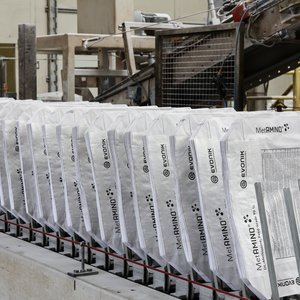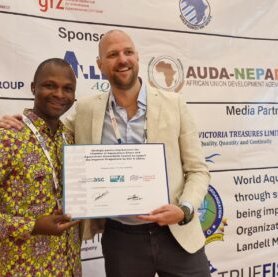It\'s counter-intuitive to start an inland shrimp business in Minnesota, but Michael Ziebell is building more than that.
\"We\'re building a very large, fully-integrated shrimp company,\" he says. And by the way — a new protein industry for the Upper Midwest.
Ziebell is president and chief executive officer of Tru Shrimp Systems Company, formally incorporated in Delaware in January 2017.
Tru Shrimp wants to run a hatchery that supports a network of facilities that grow shrimp. The company hopes others will invest in \"harbors,\" or farms, and that Tru Shrimp will process, market and sell them into American consumer packaged goods and food service markets.
They\'ve built tanks 37 feet long and are in the process of making them 50 feet long. This summer, they\'ll build them 150 feet long — stacked eight high, with about 28 inches between them. That\'s enough room for a robotic feeder — designed by Action Manufacturing Inc. of Marshall, Minn. — to travel the length of the tidal basin. The feed is \"very coarse pepper put into pellets.\"
In a separate but coordinated effort, Tru Shrimp will build a hatchery this year. They are working to lease a vacant food processing plant owned by Schwan Food Co. in Marshall for their first processing facility.
Ziebell says a big plus for the company and the region\'s farmers is that over 45 percent of the shrimp diet is \"soybean-related.\" The process also needs hard red wheat, which is produced in Minnesota and the Dakotas.
\"And we are very proud of the fact that we are the first ever to be able to feed corn to shrimp,\" he says. \"It\'s never really been done before. We are now up to 300 pounds from every ton of feed that is corn. We\'re pretty proud of that.\"
Source: The Daily Republic // Original Article










